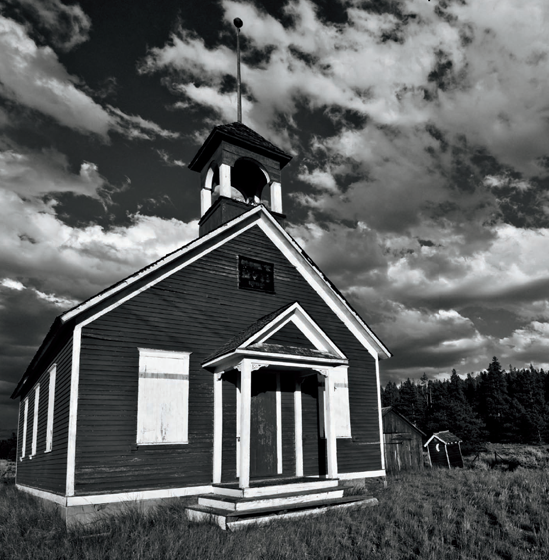Chapter 6. TONAL QUALITY IN BLACK AND WHITE

Colors in Black and White
Tones and Contrast
Working with Shadows and Contrast
Light Quality
Dealing with Weather
Looking for Highlights
Building Depth in the Shadows
Being able to control the tones in your black-and-white photographs is a vital part of making successful images. Without color, it is the gradations of gray that give the image life and body: The depth, as well as the separation, of the gray tones enables you to make creative compositions within a monochrome image.
The tonal range in a particular image can be long, with a lot of gradation, or short, with high contrast. It is important to be able to determine how the tones will appear in black and white. In this chapter you learn how to best capture the tones in the scene by looking at the lighting and the color of the original scene.
COLORS IN BLACK AND WHITE
Different colors translate into different tones of gray. Further, each camera interprets how colors will be rendered into gray tones differently and each does a slightly different job when translating the color into gray tones.
In Chapter 4 you learned how colored filters affect the tones of the entire image. If you change a color image in the computer, you can adjust the tonal interpretation with much greater precision, which enables you to interpret a photograph many ways. Naturally, the changes are most prominent when the colors ...
Get Black and White Digital Photography Photo Workshop now with the O’Reilly learning platform.
O’Reilly members experience books, live events, courses curated by job role, and more from O’Reilly and nearly 200 top publishers.

